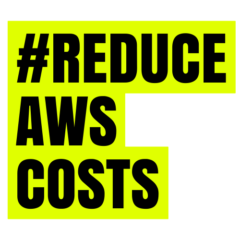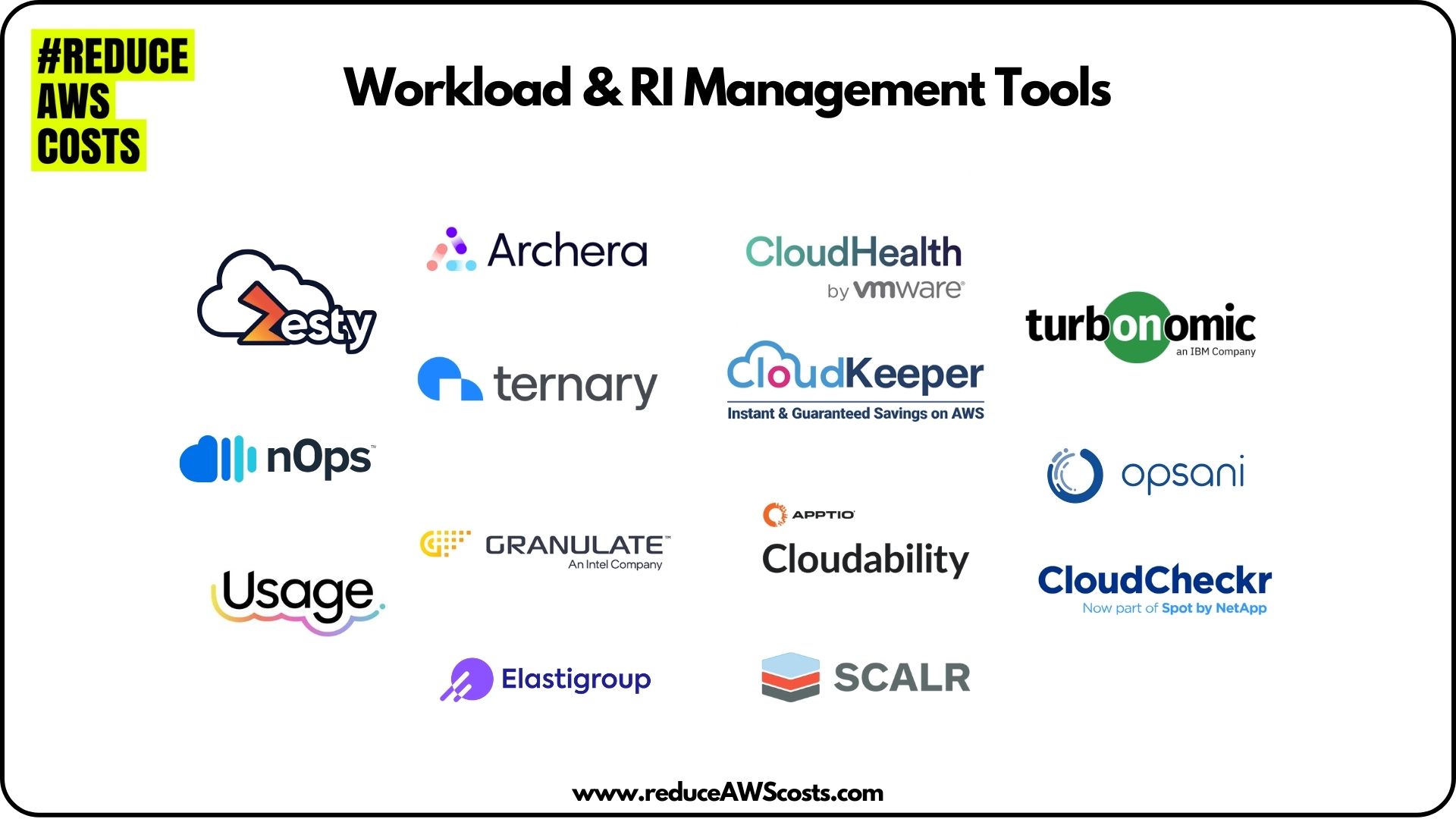In the ever-evolving landscape of cloud computing, managing costs efficiently is a top priority for businesses leveraging Amazon Web Services (AWS). One transformative approach gaining momentum is the implementation of automatic savings strategies. Here, we delve into the benefits and strategies that come with embracing automatic savings for AWS.
1. Cost Optimization Through Reserved Instances (RIs)
Automatic savings can be achieved through the strategic use of AWS Reserved Instances. By committing to a one- or three-year term, businesses receive significant discounts compared to on-demand pricing. Implementing automation to identify and purchase RIs based on usage patterns ensures ongoing cost savings without manual intervention.
2. Utilizing Savings Plans for automatic savings for AWS
AWS Savings Plans offer flexibility and automatic cost savings by providing significant discounts in exchange for a commitment to a consistent amount of compute usage (measured in $/hr) for a 1 or 3-year period. Automated tools can analyze usage patterns and intelligently recommend or purchase Savings Plans to align with the organization’s specific needs.
3. Continuous Rightsizing of Resources
Automatic savings can be achieved by continuously rightsizing resources based on real-time demand. Utilizing tools that analyze usage patterns, businesses can automatically adjust the size and type of instances to match the workload. This ensures that resources are neither underutilized nor overprovisioned, leading to significant cost savings.
4. Leveraging Spot Instances for automatic savings for AWS
For workloads with flexible start and end times, AWS Spot Instances provide an excellent opportunity for automatic savings. These instances are available at significantly lower prices but can be terminated when demand from higher-priced instances increases. Automation can seamlessly manage the deployment and termination of Spot Instances, optimizing costs dynamically.
5. Schedule-Based Automation
Many workloads have predictable usage patterns based on business hours, peak times, or specific events. Automated scheduling tools can help turn off non-essential resources during periods of inactivity and automatically power them back on when needed. This approach minimizes costs without sacrificing operational efficiency.
6. Tagging and Cost Allocation
Automated tagging practices enable businesses to categorize resources for better cost visibility. By implementing automated tagging policies, organizations can track spending by project, department, or application. This granular insight allows for more precise cost allocation and budgeting.
7. Real-time Cost Monitoring and Alerts
Automatic savings strategies are most effective when combined with real-time cost monitoring. Automated tools can continuously monitor AWS spending and send alerts when predefined thresholds are exceeded. This proactive approach allows teams to address cost anomalies promptly, preventing unexpected expenses.
8. Sophisticated AI
Leveraging both your personal historical spending data and the aggregated spending data from the entire customer base, the models are specifically trained to make optimal purchasing decisions for each individual. That is the case for Pump.co consistently oversees discounts, handling the entire process of procurement, optimization, and selling.
Conclusion
Automatic savings for AWS isn’t just a cost-cutting measure; it’s a strategic move to optimize cloud economics and ensure a sustainable and efficient infrastructure. By embracing automation, businesses can align their cloud spending with actual usage, eliminate waste, and redirect resources towards innovation and growth. In a world where cloud efficiency is paramount, the journey towards automatic savings for AWS is a key step forward.




